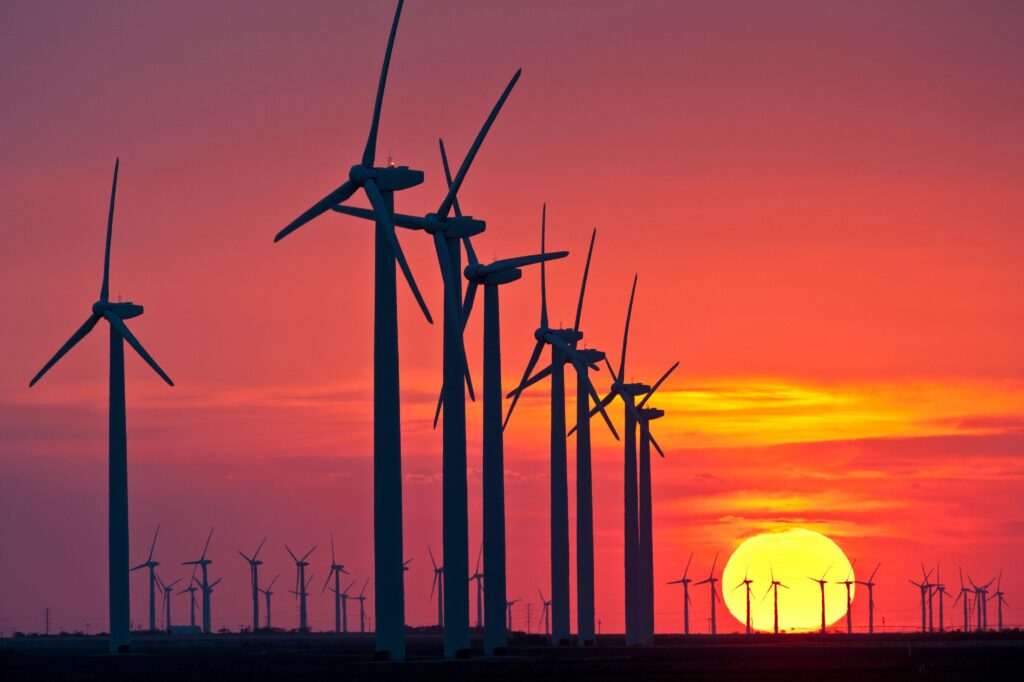
Statkraft, a Norwegian renewable energy company, has acquired 3 wind projects in Chile. This move will expand the renewable energy capacity in South America. The development includes the expansion of 3 wind farms in the O’Higgins region of Chile. These wind farms have a combined installed capacity of 110 MW. This acquisition allows Statkraft to harness Chile’s great wind power potential and expand its renewable energy. This move supports Chile’s ambitious decarbonization and energy transition goals. Wind projects also complement existing solar and hydropower developments in the country. Statkraft’s wind projects add to Chile’s growing renewable energy portfolio, supporting its target of 80% renewable energy generation by 2030. The wind projects also ease the transfer of technical expertise and innovation in the local workforce. The brace crossarms provides extra support to transmisison lines. This helps distribute mechanical loads and reduce stress on the main structure.
Brace crossarms help maintain the stability of the power lines to prevent excessive swaying or movement. The brace crossarm helps maintain proper spacing between conductors and insulators. This ensures current is properly contained and reduces the risk of electrical faults. Brace crossarms enhance the durability and lifespan of power line infrastructure. This makes it more resilient to environmental factors such as wind, ice, and temperature changes. They also contribute to the safety of the power line system. This reduces the risk of accidents and ensures reliable operation. This article provides details on the use of brace crossarms and the challenges facing the development of wind farms in Chile.
Functions of a brace crossarms in Chile’s wind farms
A brace crossarm is crucial in the structural and electrical design of wind farms, including those in Chile. It helps in supporting and stabilizing the electrical transmission system while ensuring structural integrity of the transmission poles. The crossarms are vital for ensuring efficient, stable, and safe transmission of wind-generated electricity. They also have the ability to adapt to the unique environmental and geographical challenges in Chile. Here are the key functions of brace crossarms in Chile’s wind farms.

- Supporting power transmission lines – brace crossarms provide a secure platform to hold and separate conductors transmitting electricity generated by wind turbines. They also help to ensure proper spacing between conductors to prevent short circuits or arcing.
- Structural stability – the crossarms add rigidity and balance to transmission towers or poles. This helps them withstand external forces. Brace crossarms enhance the structural resilience of transmission infrastructure.
- Electrical load distribution – brace crossarms distribute the weight and tension of power lines across the structure. This helps reduce stress on the main tower or pole. This ensures a more durable and long-lasting infrastructure capable of handling the high energy output.
- Supporting advanced grid integration – brace crossarms are also able to accommodate extra equipment such as insulators and sensors.
- Ease of maintenance – the crossarms provide access points for maintenance teams to inspect and repair transmission lines.
- Enhanced safety – the crossarms reduce the risk of line sagging or contact with surrounding vegetation or structure. This is by maintaining proper spacing and alignment of conductors.
Challenges facing Statkraft acquisition of wind projects in Chile
Statkraft’s acquisition of wind projects in Chile is a move to expand its renewable energy portfolio. The challenges stem from regulatory, technical, environmental, and social factors. These challenges can affect the smooth development and operation of wind energy projects. Addressing these challenges requires stakeholder engagement, advanced technological solutions, and strategic partnerships with local entities. At TTF Power, we are a one-stop-shop for utility pole hardware fittings, transmission line accessories and power line construction equipment. We provide our customers with the most extensive range of products in the industry, excellent value and knowledgeable service. The following are the challenges facing wind project acquisition in Chile.

- Technical and operational challenges – Chile has extreme weather conditions and rugged terrain, which makes construction and maintenance difficult. Transporting heavy equipment like wind turbine components to complex locations.
- Environmental and social concerns – many wind projects are located in sensitive areas, which pose risks to local wildlife. Local communities may oppose projects that fail to adequately address the impacts.
- Grid connection and infrastructure limitations – integrating intermittent wind energy into Chile’s grid requires significant investment in grid modernization and energy storage solutions.
- Regulatory and policy challenges – the development of wind projects requires compliance with Chile’s stringent permitting and environmental impact assessments. Unpredictable grid regulations may impact the financial viability of wind projects.
- Financial and market risks – developing wind projects requires significant capital investment and delays. Inflation and currency fluctuations in Chile can increase financial risks for foreign investors.